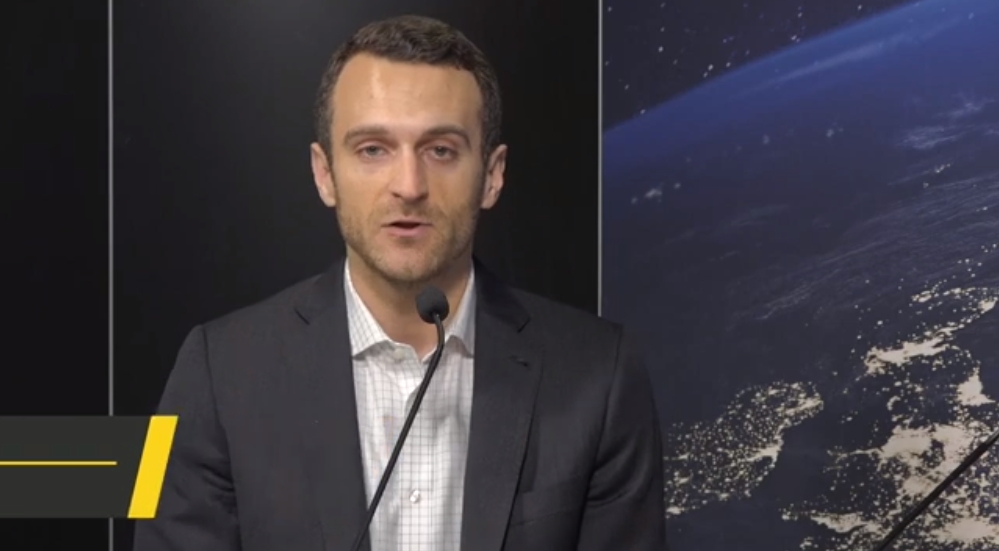It’s yet another sign of the growing recognition for nuclear power’s dispatchable, carbon-free characteristics and its place in a net-zero world.
But there are still hurdles to jump. Despite growing support, the economics are daunting. Smaller reactors are viewed as an antidote to the cost overruns that have plagued large-scale nuclear projects, but their promise of offering simplicity and standardization has yet to be tested.
Additionally, first of a kind (FOAK) small modular reactor (SMR) costs could be as high as $8,000 per kilowatt (kW) and as low as $6,000 per kW, according to industry estimates cited by Wood Mackenzie.
“There’s quite a lot of financial risk for the companies bringing these products to market, about how long the licensing process is going to take and how much it’s going to cost,” said Eric Ingersoll, Founding Director and Co-CEO of Terra Praxis.
Terra Praxis – through its REPOWER initiative and partnership with governments, regulators and other industry stakeholders – is a nonprofit which aims to speed up the nuclear project regulatory process, from feasibility evaluation and design to construction and operation. The idea is to reduce time, cost and risk in order to stimulate further investment and fulfill the industry’s potential.
As Ingersoll noted, traditional project licensing involves extensive documentation, often resulting in multi-year timelines and significant costs. He said costs are driven by “hiring lots of expensive people to write huge long documents, and then hiring even more expensive people to read them over and make sure they’re correct.”
However, tapping into artificial intelligence (AI) could be pivotal in streamlining these activities.
Terra Praxis and Microsoft together are exploring the use of generative AI to expedite the drafting of documents, such as environmental impact statements, by providing specific site details to a large language model.
In addition to document preparation, Ingersoll sees a significant opportunity for AI in the review and verification of license applications, potentially creating a more interactive and collaborative process between developers and regulators.
“We think the possibility to accelerate the licensing process by more than 90% is there,” said Ingersoll.
He said another area of focus for the organization involves automated design using AI. By incorporating rules and smart design systems with built-in regulatory compliance, the aim would be to expedite the path to a compliant design that could then undergo human review.
Accelerating these processes make it feasible for large-scale projects like repowering coal fleets, Ingersoll said.
A previous US Department of Energy (DOE) study found hundreds of coal-fired power plant sites could convert to advanced nuclear sources, potentially reducing capital costs by 15% to 35% when compared to a greenfield construction project. This range would depend on the reuse of coal plant infrastructure, including office buildings and electric switchyard components and transmission infrastructure, heat-sink components and steam-cycle components.
Terra Praxis believes its solutions should increase the market opportunity even beyond the DOE’s assessment. The organization’s Repowering Coal solution is targeting a Levelized Cost of Energy of $35-$40 per megawatt-hour (MWh).
The company notes that when factoring in the production tax credit of $30/MWh from the Inflation Reduction Act, repowering coal-fired plants with advanced nuclear power “has the potential to be a highly profitable investment opportunity.”
Ingersoll said REPOWER customers, such as coal plant owners aiming to convert their assets, would have access to automated project design tools and site licensing and permitting template-based standardized applications.
